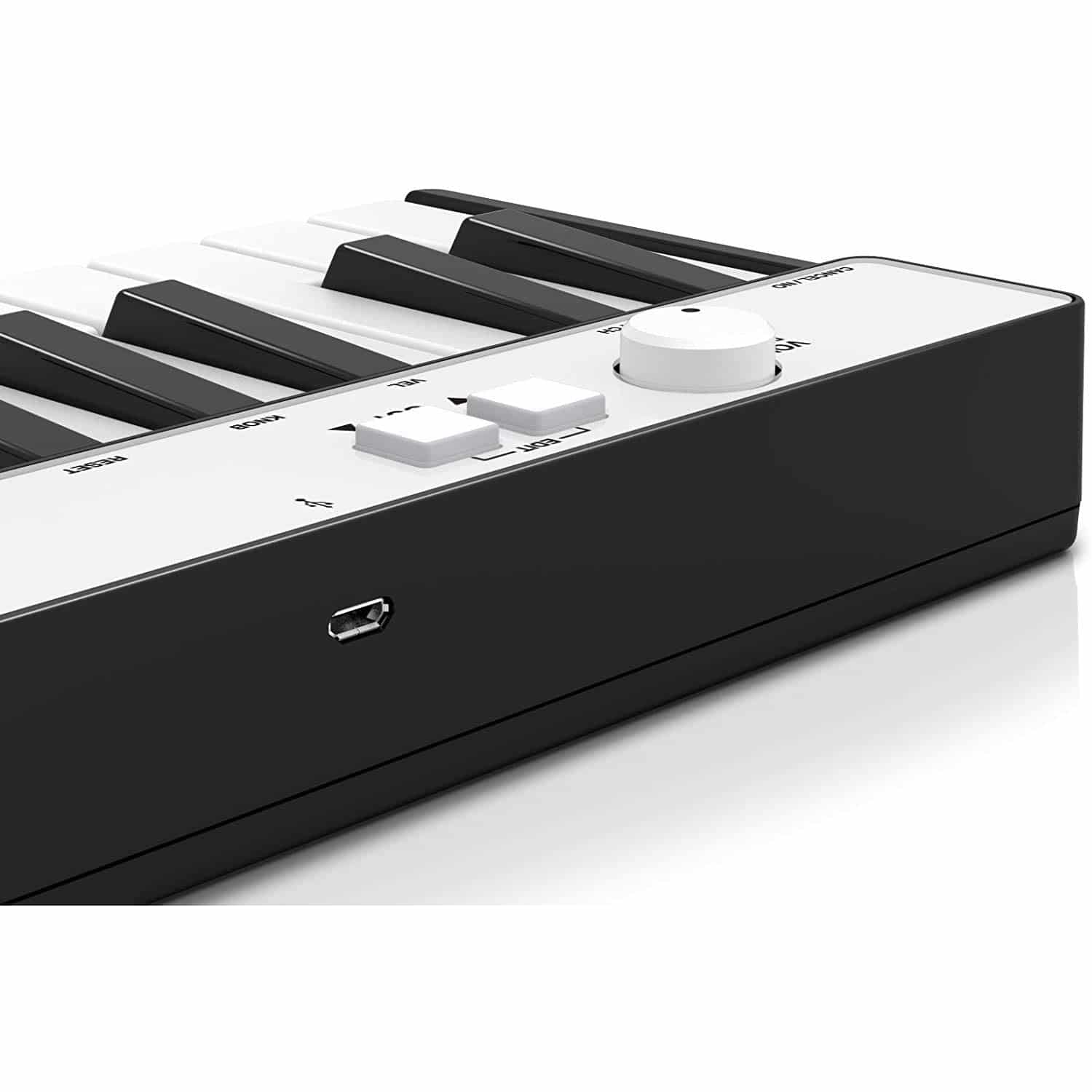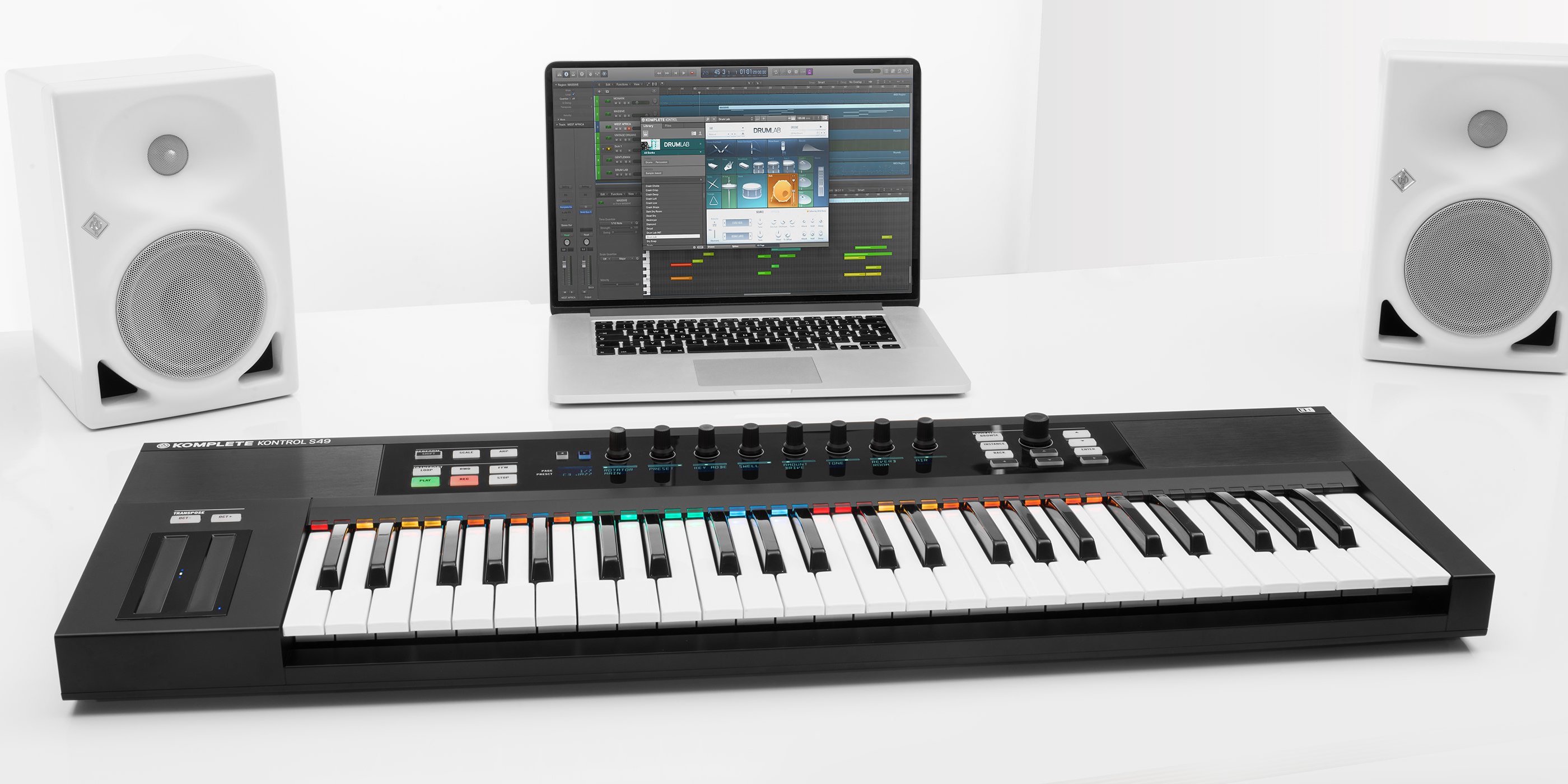

This programming can then be applied to other controls like faders or knobs (arranged on your keyboard in a manner not dissimilar to a car’s dashboard), and mapped to essentially any parameter. The synth does the rest of the work from there. The basics are as follows: you press down a key on a MIDI keyboard, which sends information to your computer or synthesizer-at a minimum, it transmits which note is played, when it’s turned on and off, and how hard you strike the key (aka velocity). Developed in the early ’80s as a way to universally synchronize synthesizers and drum machines, its simplicity and elegance have kept it in use for almost 40 years, with a 2.0 version introduced remarkably only earlier this year.
#Best midi keyboard for logic pro x software#
MIDI (Musical Instrument Digital Interface) is the near-ubiquitous communications protocol used in hardware and software alike. “The way I want any home studio to function is… as fast as I can think of an idea I want to be able to articulate it.” What is a MIDI Keyboard? “To me it’s all about immediacy” says Billie Eilish producer Finneas, in an interview with AWAL.
#Best midi keyboard for logic pro x plus#
And with the leaps-and-bounds increase in quality of software synths, plugins, and digital audio workstations like Ableton Live, Logic, Pro Tools and other similar programs, plus the oft-overwhelming abundance of free effects and sample packs, a customizable workflow may be the most powerful tool you have.

Shift C: Select equal colored channel strips (while on the mixer).Shift C: Select equal colored regions/events.Using these can have a great impact on your workflow as you won’t have to wander around with your music selecting each track manually. Used to select similar tracks and regions. Command Ctrl B: Bounce in place (tracks).These key commands will let you quickly export, bounce or bounce in place any MIDI/Audio region. Alt/Option Pageup: Select previous tool.Key commands for rapidly changing your current tool. Shift Alt/Option Command C: Color track (by region color).Shift Alt/Option C: Color region (by track color).Ctrl Shift N: Name regions by track name.Shift Alt/Option Command N: Name tracks by region name.Option C: Show/hide color selection window.Key commands for quickly renaming and coloring regions.


You’re probably familiarized with some of them such as Command C/X and Command V, but they’re also worth recapping. These are the most quintessential ones to ensure a smoother workflow. We are going to divide the most essential Logic Pro shortcuts into different categories, and explain in detail what each one does so you can better apply them in your music production routine. Essential Logic Pro X Shortcuts Which Will Make Your Life Easier


 0 kommentar(er)
0 kommentar(er)
